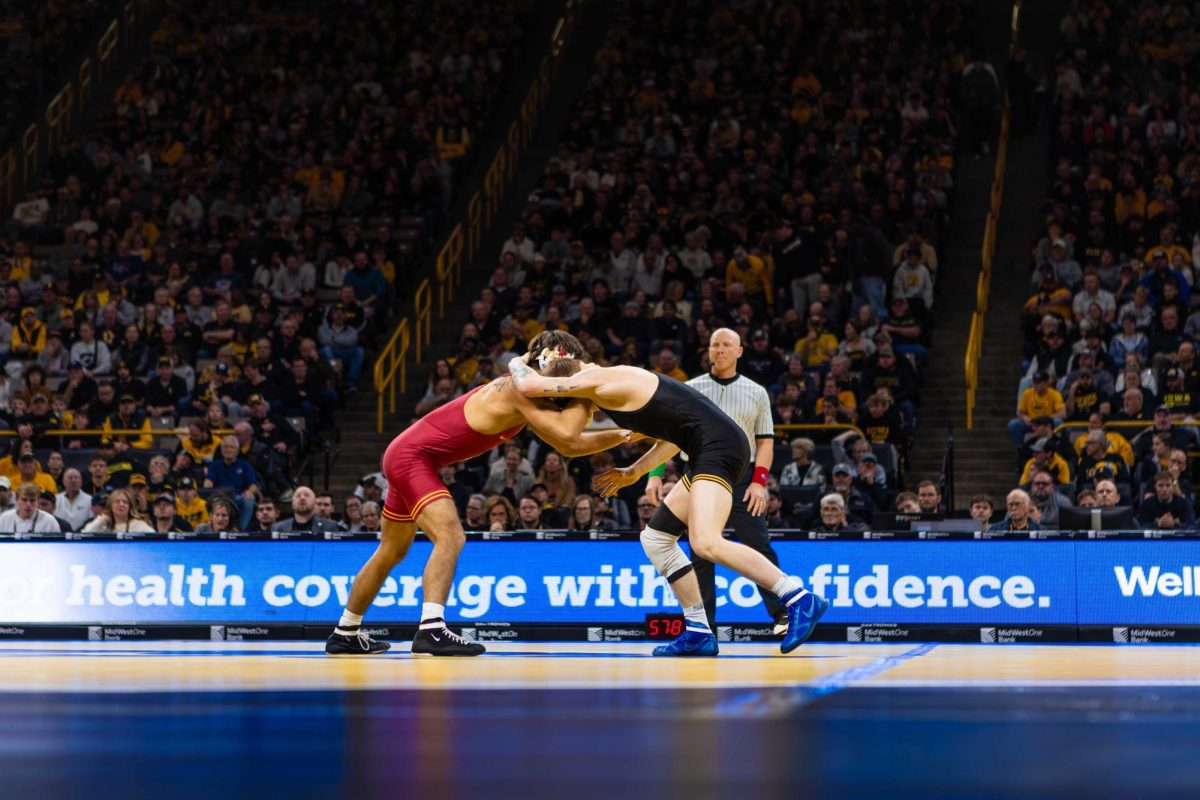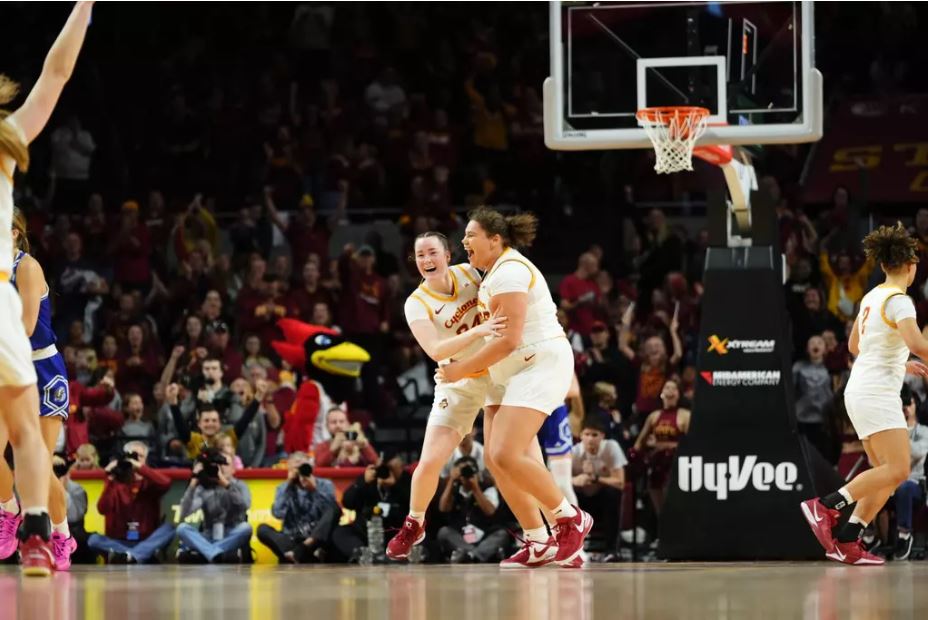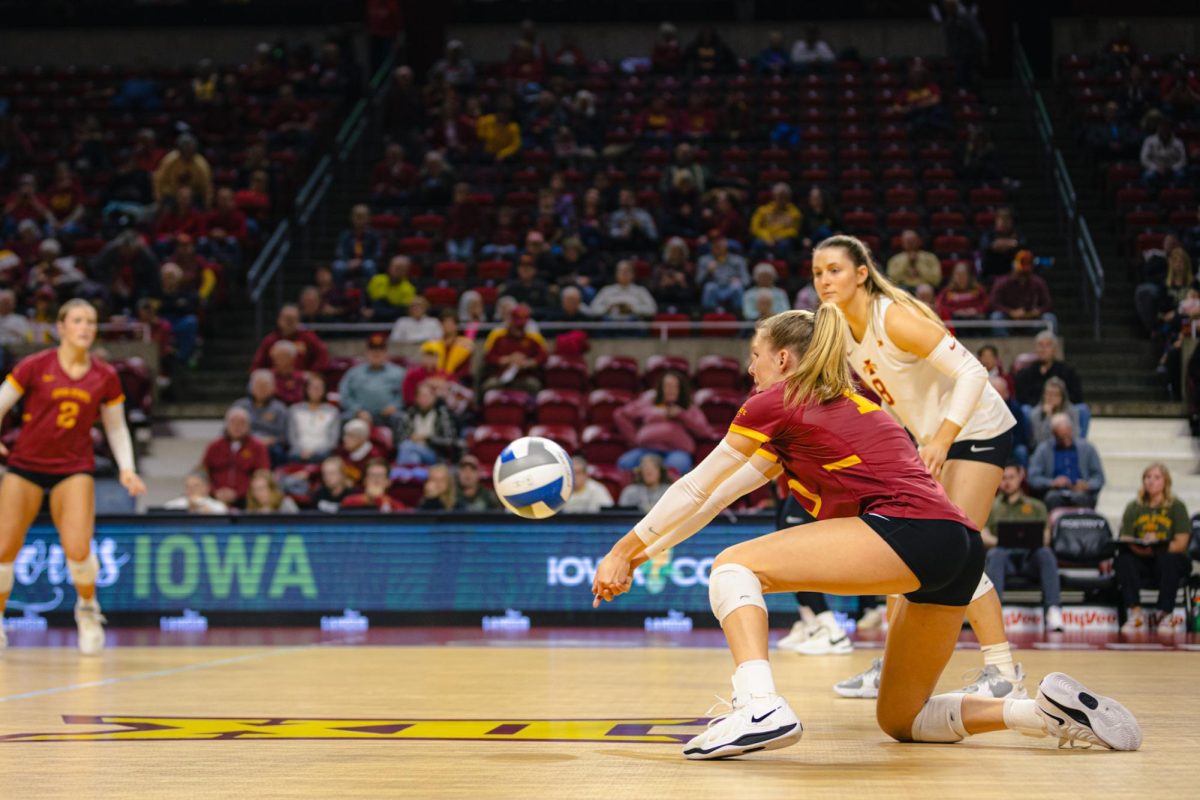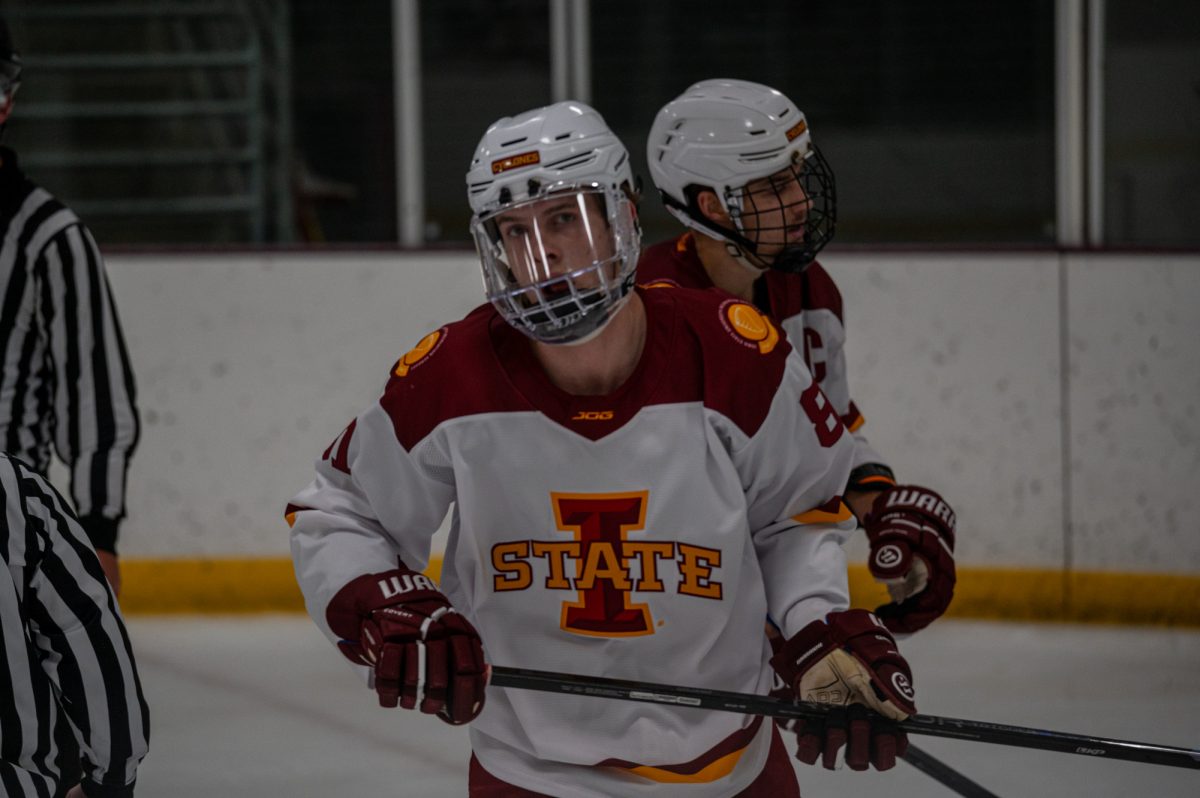COLUMN:County fairs are an Iowa tradition
July 17, 2002
“Next into the ring is Danelle Zellmer with her crossbred market steer weighing in at 1100 pounds with an average daily gain of 3.5 pounds per day.”
Ahhhh. Finally, it’s county fair season. Around the state, extension agents are working around the clock to put the final touches on the events for their county fairs. 4-Hers and FFA members are working like banshees to get their projects ready for the final exhibition.
Thinking back brings up memories of calves dragging me across the yard because I hadn’t worked with them early enough and hurriedly gluing, painting or sewing that project so that it would be ready the next day for check-in. Don’t get me wrong, there are plenty of people who work ahead, but for us procrastinators, that is overachieving.
Many Iowans can remember something about their county fair, and for the average college student, this is true as well. Whether it was riding the Ferris wheel until their corn dogs came calling, exhibiting that purple-ribbon quilt or showing the grand champion market hog, county fairs are the source of many fond memories.
The county fair is a historical pastime not to be taken lightly. Fairs and festivals are historical events that have taken place since the earliest of times. Who doesn’t love to show off the fruits of their labor? Fairs are a way for people to demonstrate pride in their work as well as advertise their wares.
It was just that pride that motivated Iowa State’s own Charles Curtiss, along with the help of some other people, to invent the idea of extension and the 4-H program for the state of Iowa. In fact, it was thought up right in the library of what is today known as the Farm House Museum. Thanks to Curtiss’ work, we all get to reap the benefits of knowledge and a continuous push to improve our products.
My great-great grandfather started 4-H in our county by starting a pig club for the boys and a sewing club for the girls. Even today that same club continues to compete in various areas and events. That competition can be considered one of the best instigators of a better-breeding program for those champion Suffolk sheep, a better recipe for that champion blackberry pie or even the development of a champion extemporaneous speaker.
County fairs, 4-H and FFA are not just about beating your neighbor and winning trophies. They’re about developing a better way of doing what you like to do. The 4-H and FFA programs offer a chance to learn life’s lessons at a pace that allows you to make mistakes but also learn from them and improve.
As you get better through the years, from the young age of nine, you learn that getting a red ribbon one year isn’t good enough. You want to work harder next year and get that blue. Some might feel that this competition is not healthy for young people, but competition is not just what county fairs, the 4-H and FFA programs are about.
Learning comes to mind. Thinking back, I can’t even count all the lessons I learned while in these programs. I was taught how to balance a check book, that a glue gun can do amazing things when you are under pressure, how to pick out a decent animal of any species and even a little about history and its importance for your future.
So as you wander about your local fair this year, take time to stop and look at the work the exhibitor put in to his or her project. Ask about it. Nothing thrills a person more than telling someone else about how they got the “biggest boar” to weigh 1,058 pounds.
You may have never had the chance to participate in a county fair, so here’s your chance. Get involved, whether you help an actual exhibitor or you just attend the fair and give someone your approval, you have helped continue a beloved tradition.
Danelle Zellmer is a sophomore in public service and administration in agriculture from Atlantic.






